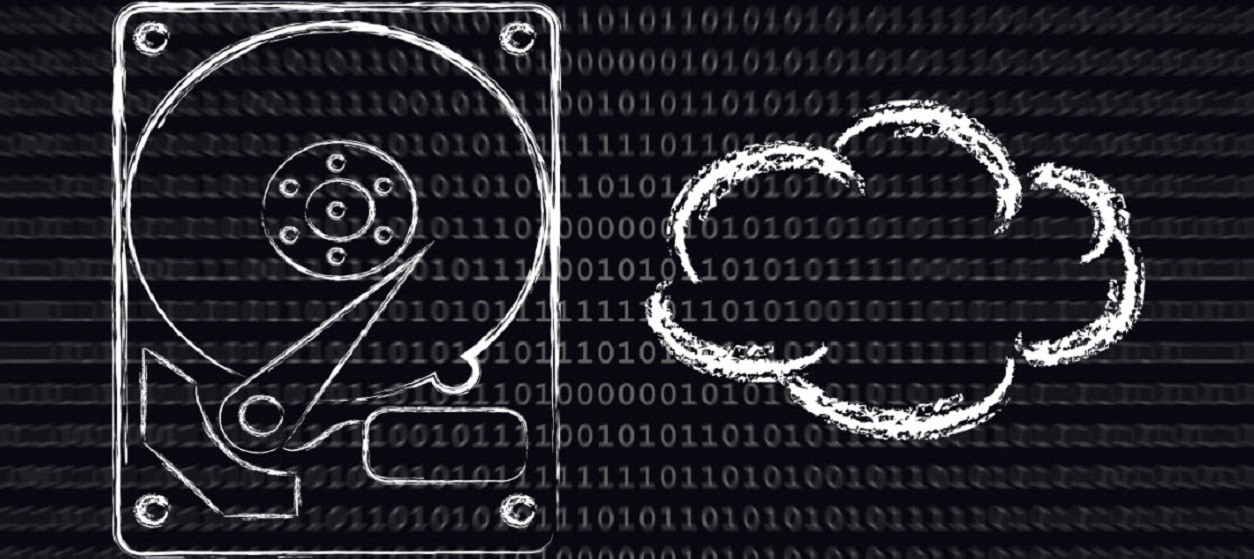Cloud storage involves data being stored in virtualised pools that are generally hosted by third parties. In basic terms, it is a method of saving information on the web. This type of storage is growing and growing in popularity, as an increasing number of companies are becoming familiar with the mechanics of it. However, there are businesses that prefer traditional IT storage, i.e. by using storage devices such as SAN and NAS. In this post, we will assess which option is the best to go for in relation to security. So, keep on reading to find out more.
You can make a case for both arguments. There are a lot of CFOs and CIOs that are concerned about leaving their company’s data in some shared location in cyberspace. This is understandable. However, it is important to recognise that all clouds are not the same. If you choose the cloud service provider with care you are likely to benefit from cloud storage that is perfectly suited to your data storage and protection requirements. Moreover, a third-party cloud service provider is going to have premium technology and superior expertise than a business that is protecting its own data. It is unlikely that a company protecting itself will have the same level of resources and skill. In addition to this, the company will also have to shoulder the entire burden of cost, whilst a third-party service provider can spread the cost of security (and storage) over a number of clients.
The paranoia surrounding cloud computing largely comes from the fact that the approach itself feels less secure. After all, you are giving up a degree of control, as your data is going to be stored up on systems and servers that you don’t own. However, a report by Alert Logic indicates that when it comes to security attacks, it is irrelevant whether you store your data on cloud or enterprise. This is because attacks are opportunistic in nature. Their 2012 State of Cloud Security Report showed that 53 per cent of organisations using a service provider environment experienced attacks, whilst 44 per cent of organisations using on-premise storage were hit. This is only a difference of nine per cent. On the other hand, on-premise environments experienced a greater number of attacks, with an average of 61.4 attacks. This is significantly greater than the average number of attacks experienced by cloud provider customers, which came in at 27.8 attacks.
To conclude, it is easy to see why CIOs and CFOs are sceptical regarding the
use of cloud computing. It can be like taking a step into the unknown. Nonetheless, there are no reasons to believe that the cloud is any less secure than traditional IT storage. In fact, many would argue that it is the more secure option of the two. If you choose a service provider wisely, you can be confident that you are doing everything needed to protect your crucial company data.










